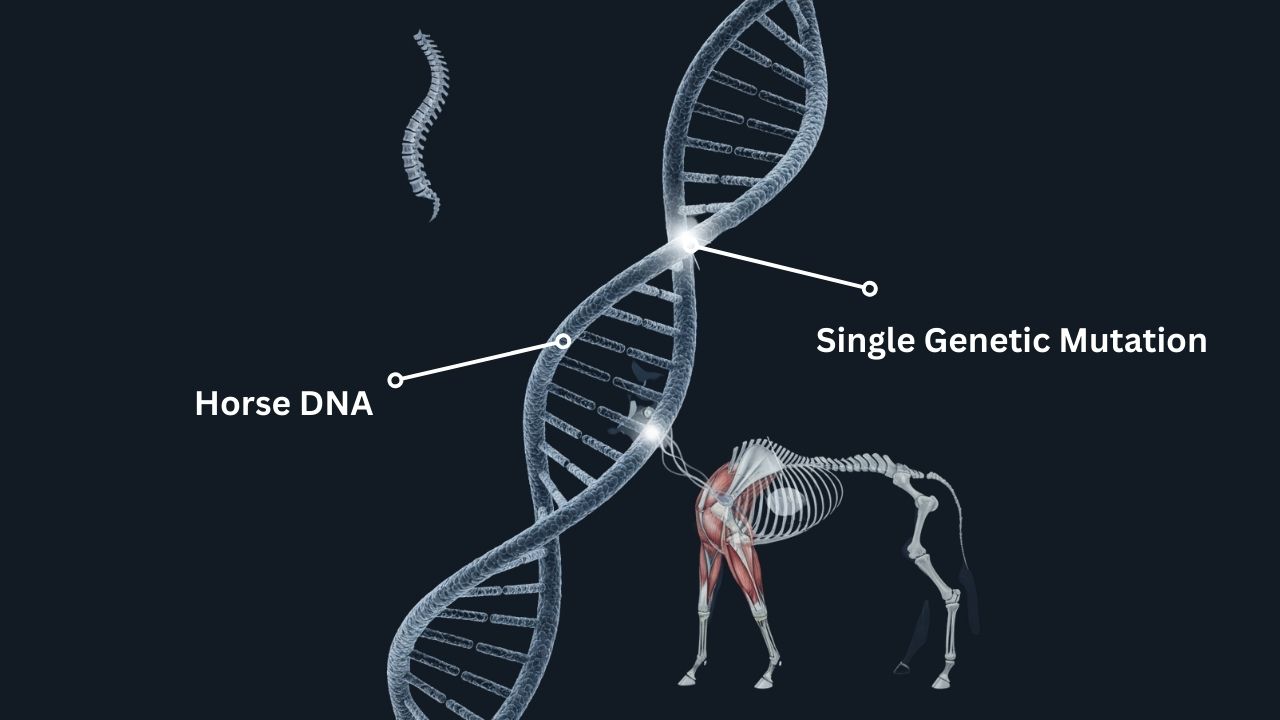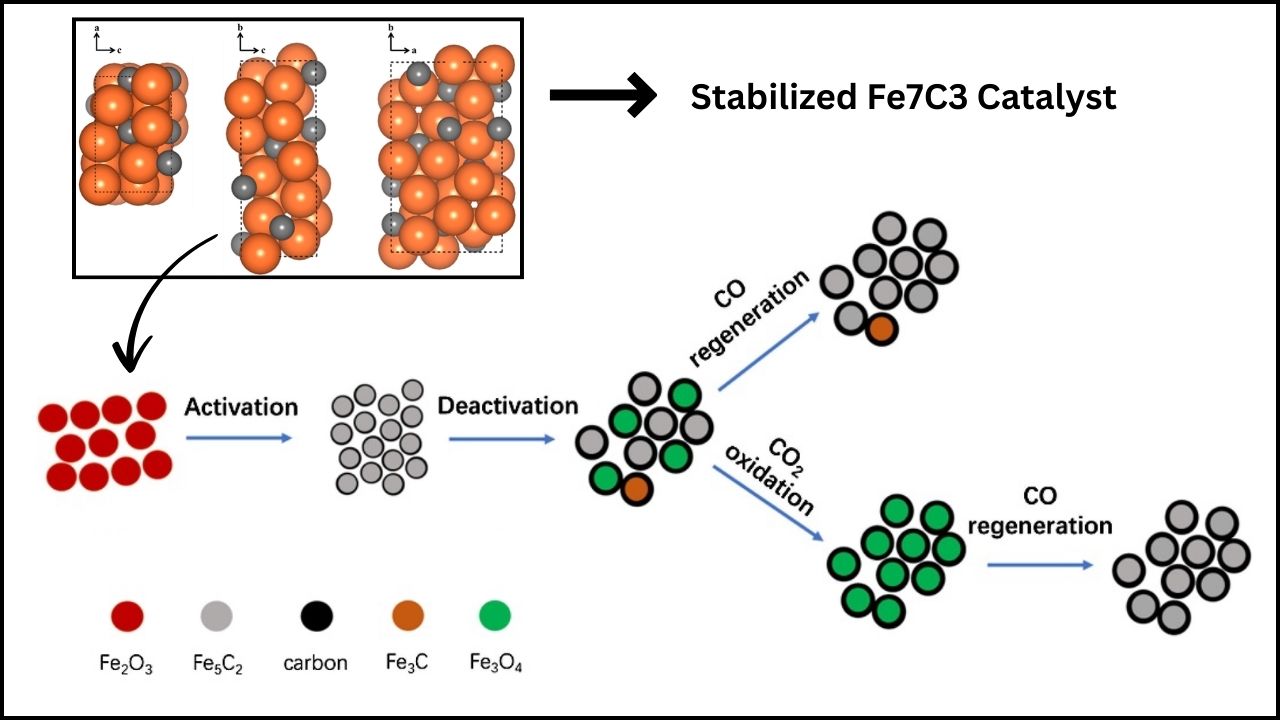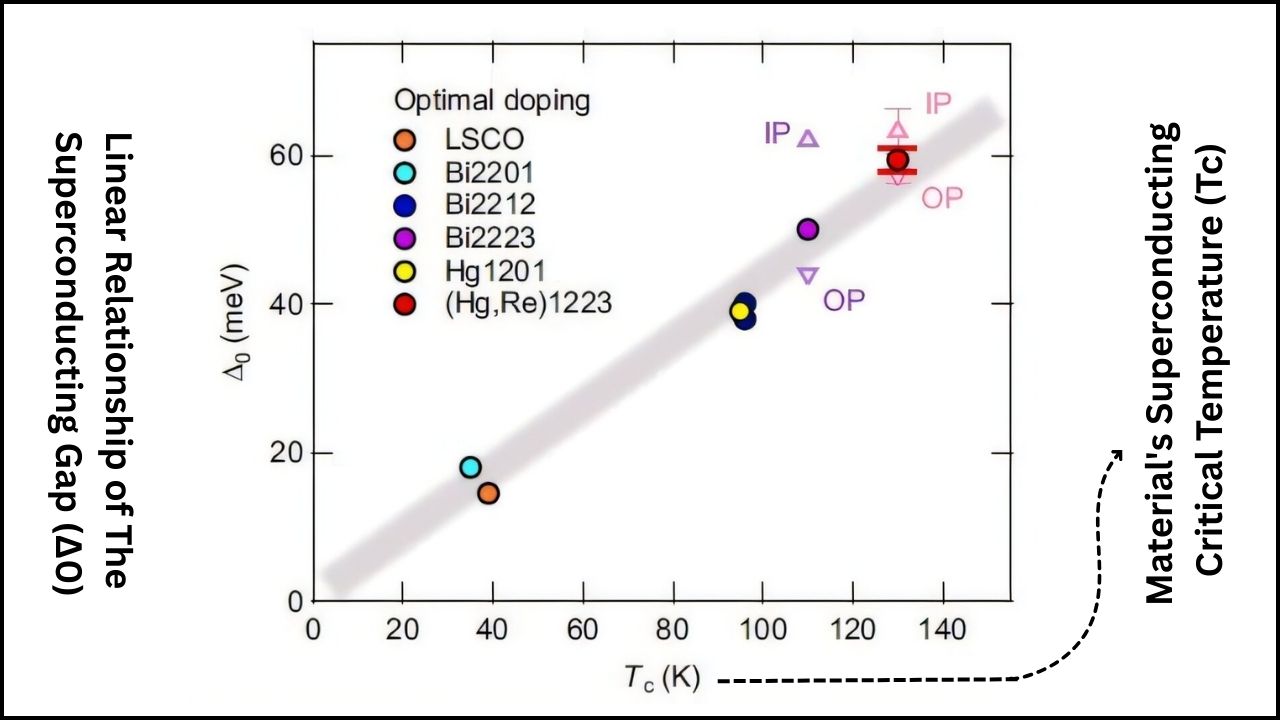Scientists Link European Heatwave Deaths to Fossil Fuel Emissions—this headline is not just a warning, but a crucial call for action. Over the past few years, Europe has experienced some of the most severe and prolonged heatwaves in recorded history. These extreme weather events have resulted in tens of thousands of deaths, and new research has now made it clear: the burning of fossil fuels is a major driving force behind these deadly heatwaves. The consequences are not just environmental—they are measured in human lives.
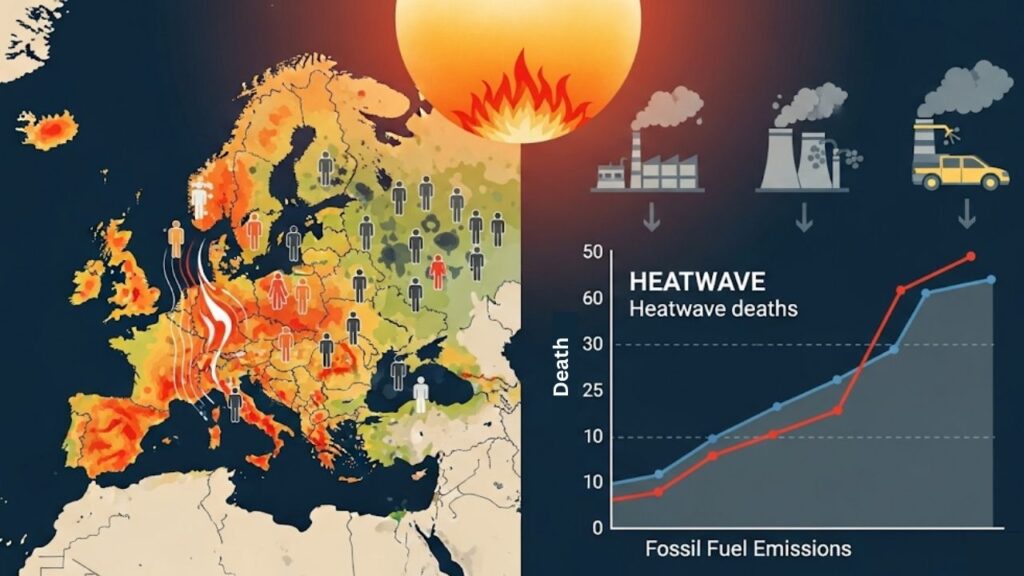
This article will guide you through the science behind this link, explain why it matters, and offer practical steps that individuals, communities, and professionals can take. Whether you are a concerned citizen, a policymaker, or a healthcare professional, you will find actionable insights and authoritative information to help you understand and address this growing crisis.
Scientists Link European Heatwave Deaths to Fossil Fuel Emissions
| Key Point | Data/Stat |
|---|---|
| Total heat-related deaths in Europe (2023) | 47,000+ |
| Deaths in 12 major cities during recent heatwave | 2,300 |
| Deaths directly linked to fossil fuel emissions | 1,500 |
| Most affected group | People 75+ years old |
| Europe’s warming rate | Twice the global average |
The link between fossil fuel emissions and deadly European heatwaves is now undeniable. As Europe faces hotter summers and rising health risks, urgent action is needed—both to adapt to current dangers and to tackle the root cause by reducing greenhouse gas emissions. Whether you are a concerned citizen, a policymaker, or a healthcare professional, understanding the science and taking practical steps can help save lives.
The Science Behind the Link: Fossil Fuels, Climate Change, and Heatwave Deaths
What’s Happening in Europe?
Europe has been warming at a rate nearly twice the global average. This rapid warming is largely driven by human activities, especially the burning of fossil fuels such as coal, oil, and natural gas. These activities release greenhouse gases, which trap heat in the atmosphere and cause the planet’s temperature to rise.
In 2023, Europe experienced one of its hottest years ever recorded. More than 47,000 people died from heat-related causes across the continent. In 12 major cities, including Paris, London, Madrid, Barcelona, and Rome, about 2,300 heat-related deaths were recorded during a single severe heatwave. Scientists now estimate that nearly 1,500 of these deaths—almost two-thirds—were directly linked to the extra warming caused by fossil fuel emissions.
How Do Scientists Make This Connection?
Scientists use a field called climate attribution science to determine how much climate change, driven by human activities, has influenced specific weather events. By comparing real-world weather data with models of what the climate would look like without human-caused greenhouse gas emissions, they can estimate how much hotter a heatwave was because of climate change and how many deaths were linked to that extra heat.
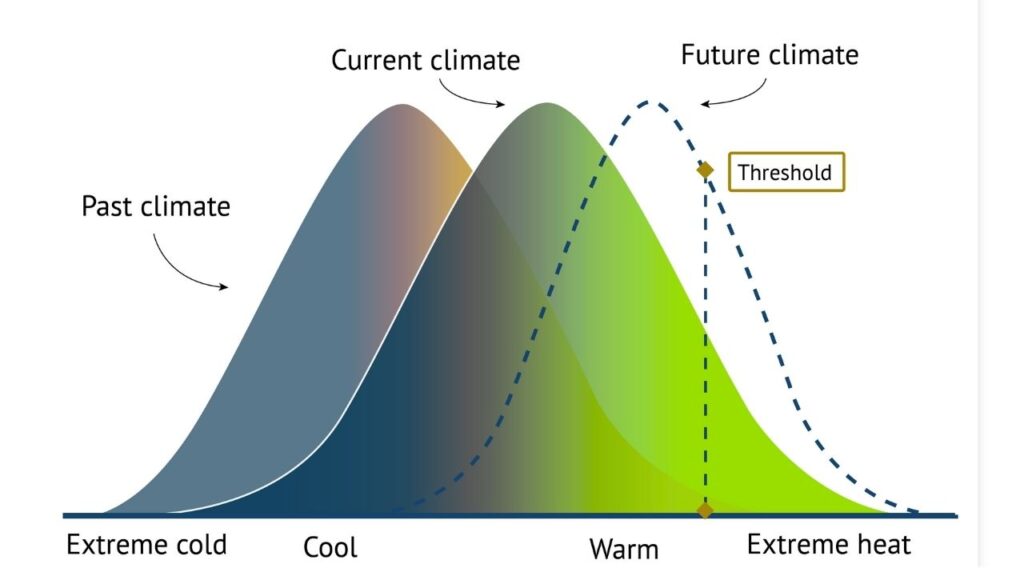
This approach uses:
- Temperature data from weather stations across Europe
- Mortality records from hospitals and health agencies
- Epidemiological models that estimate the relationship between temperature and death rates
The findings are reviewed by independent experts to ensure accuracy and reliability.
Why Are Heatwaves Getting Deadlier?
1. Climate Change Intensifies Heatwaves
The extra greenhouse gases in the atmosphere act like a blanket, trapping more heat. This leads to:
- More frequent heatwaves: Heatwaves are happening more often than in the past.
- Higher temperatures: Each heatwave is hotter than it would have been without climate change.
- Longer duration: Heatwaves last longer, giving people less time to recover.
2. Vulnerable Populations Are Most at Risk
Older adults, especially those over 75, are at the greatest risk. Their bodies are less able to regulate temperature, and many have health conditions that make extreme heat even more dangerous. People living in urban areas are also more vulnerable due to the “urban heat island” effect, where concrete and asphalt trap heat.
3. Heatwaves Are Silent Killers
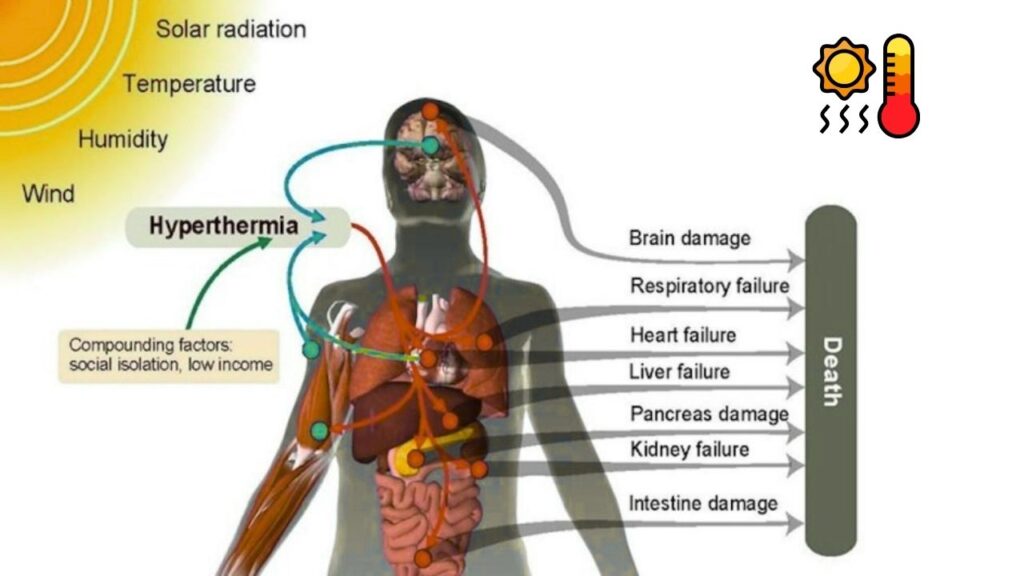
Unlike storms or floods, heatwaves do not leave visible destruction. Their impact is often hidden, as deaths are usually recorded as heart attacks, strokes, or respiratory failures—conditions that are triggered or worsened by extreme heat. This makes it harder for the public and policymakers to grasp the true scale of the crisis.
How Europe Is Responding
Adaptation and Public Health
Europe has made significant progress in adapting to heatwaves. Public health campaigns, early warning systems, and improved healthcare have all helped reduce the number of deaths. For example, in many countries, authorities now issue heat alerts, open cooling centers, and provide guidance on how to stay safe during extreme heat.
However, adaptation has its limits. As temperatures continue to rise, the risks will keep increasing unless the root cause—fossil fuel emissions—is addressed.
Urban Planning and Infrastructure
Cities across Europe are investing in green infrastructure to reduce heat risks. Planting more trees, creating parks, and using reflective materials for roofs and pavements can help lower temperatures and provide cool places for people to escape the heat.
Early Warning Systems
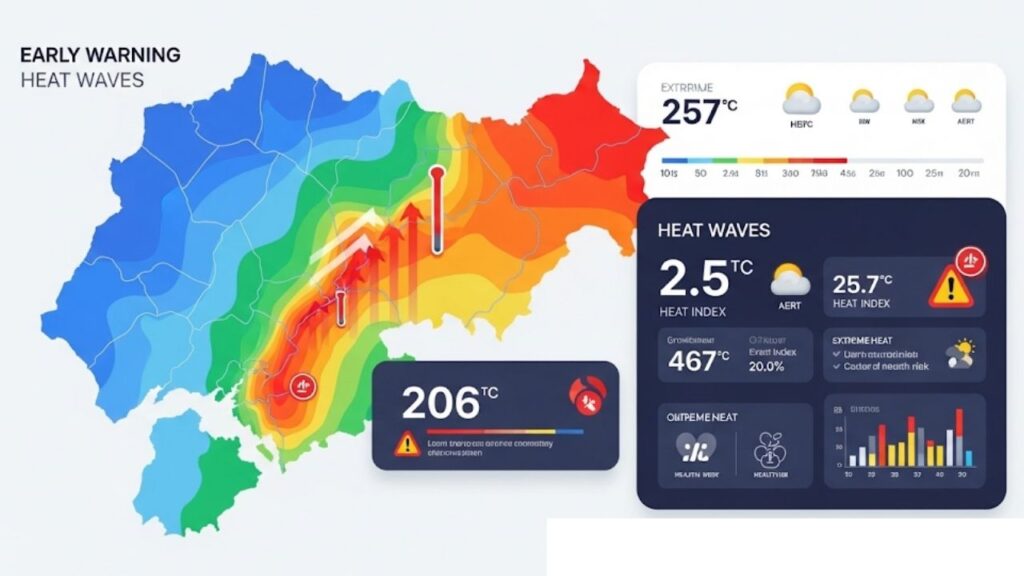
Advanced forecasting tools now provide predictions of mortality risk from extreme temperatures for hundreds of European regions, up to 15 days in advance. These systems help governments and health agencies prepare and inform the public.
Practical Advice: How to Stay Safe During Heatwaves
Whether you are a parent, a teacher, a healthcare worker, or simply someone concerned about your own safety, here are some simple steps to protect yourself and others:
1. Stay Hydrated
Drink plenty of water, even if you do not feel thirsty. Avoid drinks with caffeine or alcohol, as they can dehydrate you.
2. Avoid Peak Heat
Stay indoors or in the shade during the hottest part of the day, usually between 11 am and 4 pm.
3. Check on Vulnerable People
Older adults, young children, and people with chronic illnesses need extra care. Make sure they have access to water, cool environments, and medical help if needed.
4. Keep Homes Cool
Use fans, close curtains during the day, and open windows at night if it is cooler outside. If possible, spend time in air-conditioned places.
5. Know the Signs of Heat Illness
Symptoms of heat-related illness include dizziness, headache, nausea, rapid heartbeat, and confusion. If you or someone else experiences these symptoms, seek medical help immediately.
What Can Professionals and Policymakers Do?
Strengthen Early Warning Systems
Authorities should use advanced forecasting tools to predict heatwave risks and inform the public. Early warnings can save lives by giving people time to prepare.
Improve Urban Planning
Investing in green infrastructure—such as parks, trees, and reflective building materials—can help reduce urban temperatures and provide safe spaces during heatwaves.
Prepare Healthcare Systems
Hospitals and clinics should be ready for heatwave surges, especially to care for older adults and those with chronic conditions. Training staff to recognize and treat heat-related illnesses is essential.
Reduce Fossil Fuel Emissions
The most effective long-term solution is to cut greenhouse gas emissions. This means transitioning to renewable energy, improving energy efficiency, and supporting policies that limit the use of coal, oil, and gas.
The Road Ahead: Balancing Adaptation and Mitigation
Europe has shown that adaptation can save lives. Public health measures, early warnings, and better infrastructure have all helped reduce the impact of heatwaves. However, adaptation alone is not enough. As the climate continues to warm, the risks will keep rising unless we address the root cause—fossil fuel emissions.
Reducing emissions is a global challenge, but every country, city, and individual has a role to play. By combining adaptation with aggressive action to cut emissions, Europe can protect its people and set an example for the rest of the world.
Breakthrough Carbon Capture Method Could Make Cement Ingredients Climate-Friendly
FAQs About Scientists Link European Heatwave Deaths to Fossil Fuel Emissions
Q1: How many people die from heatwaves in Europe each year?
A: In 2023, over 47,000 people died from heat-related causes in Europe. The number varies each year depending on the severity of heatwaves.
Q2: Why are older adults more vulnerable to heatwaves?
A: Older adults often have weaker bodies, chronic health conditions, and may be less able to regulate their body temperature, making them more susceptible to heat-related illness and death.
Q3: What role do fossil fuels play in heatwaves?
A: Burning fossil fuels releases greenhouse gases, which trap heat in the atmosphere and make heatwaves more frequent and severe. Scientists have now directly linked thousands of recent deaths to this extra warming.
Q4: What can I do to help reduce heatwave risks?
A: Stay informed, check on vulnerable neighbors, follow public health advice during heatwaves, and support policies that reduce fossil fuel use.


